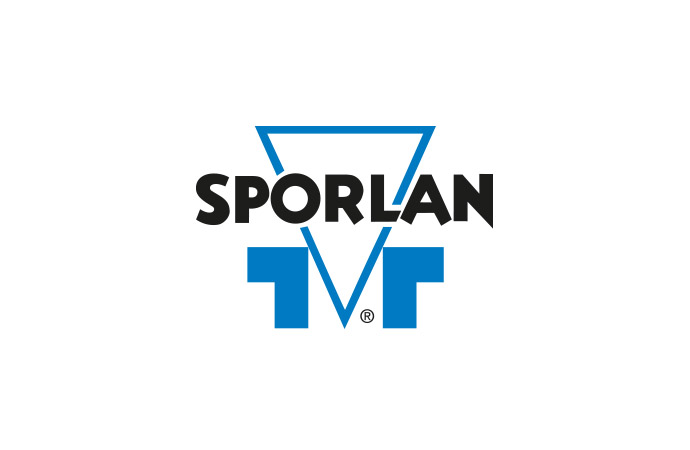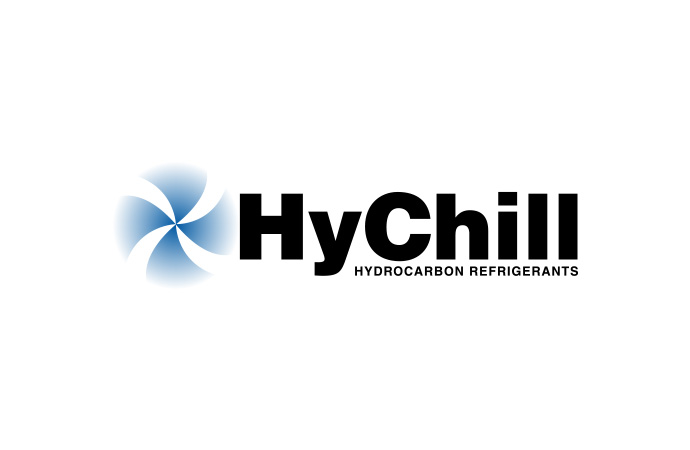In the second part hydrocarbons21.com continues to summarise the key conclusions of the German Federal Environment Agency (UBA) report “Fluorierte Treibhausgase vermeiden - Wege zum Ausstieg” (How to avoid f-gases: pathways to a phase-out). It provides a status report and opportunities for hydrocarbons in refrigeration racks, air-conditioning of rooms and buildings as well as for domestic heat pumps.

Refrigeration racks
In Europe, natural refrigerants are gaining ground in supermarket refrigeration. Besides several hundreds of CO2 systems by 2009, also 20 systems with propene, and 4 with propane have been installed in supermarkets. Thanks to the decision of two discount chains to use more or even exclusively natural refrigerants in new installations, the number of such as considerably risen over the last few years.
Lidl has announced in 2010 to opt for integrated systems based on hydrocarbons in all new stores to cover all cooling and heating demand.
Conclusions: systems based on natural refrigerants are a well established and allow for great emissions reductions as refrigeration racks are the most important emitters of f-gases in the commercial cooling sector. The layout of systems using natural refrigerants should be integrated in the planning of new buildings, for older buildings a retrofit should be considered.
Air-conditioning of rooms and buildings
In air-conditioning units that have refrigerant charges below 500g, the use of hydrocarbons is safely possible. However, there is a need for better standardisation and framework regulations as to allow for the safe use of hydrocarbons as refrigerant on a larger scale and in a broader array of applications. Only in split air-conditioning systems is the use of HFCs not yet completely avoidable.
Domestic heat pumps
Before the introduction of HFCs in 1992/93, manufacturers have been using hydrocarbons in heat pumps to replace R22. Safety related issues did not form an obstacle. This technology however has been abandoned in favour of HFCs. As reason, manufactures often advanced the lack of binding rules for flammable refrigerants in charges over 1kg at underground level.
For water heater heat pumps on the other hand, refrigerant charges are mostly below 150g. For water heater heat pumps, however, manufacturers deplore that component manufacturers (e.g. of compressors) do not undertake the necessary steps to facilitate their commercialisation. Suppliers have for example stopped the approval of components for hydrocarbons systems abruptly in 1998, the reason claimed being the risk of liability.
Conclusion: for low power heat pumps of up to 20 kW heat pumps based on natural refrigerants are available and the use of HFCs can be renounced without economic drawback.
An English version of the updated report will be available in the beginning of 2011.
In Europe, natural refrigerants are gaining ground in supermarket refrigeration. Besides several hundreds of CO2 systems by 2009, also 20 systems with propene, and 4 with propane have been installed in supermarkets. Thanks to the decision of two discount chains to use more or even exclusively natural refrigerants in new installations, the number of such as considerably risen over the last few years.
Lidl has announced in 2010 to opt for integrated systems based on hydrocarbons in all new stores to cover all cooling and heating demand.
Conclusions: systems based on natural refrigerants are a well established and allow for great emissions reductions as refrigeration racks are the most important emitters of f-gases in the commercial cooling sector. The layout of systems using natural refrigerants should be integrated in the planning of new buildings, for older buildings a retrofit should be considered.
Air-conditioning of rooms and buildings
In air-conditioning units that have refrigerant charges below 500g, the use of hydrocarbons is safely possible. However, there is a need for better standardisation and framework regulations as to allow for the safe use of hydrocarbons as refrigerant on a larger scale and in a broader array of applications. Only in split air-conditioning systems is the use of HFCs not yet completely avoidable.
Domestic heat pumps
Before the introduction of HFCs in 1992/93, manufacturers have been using hydrocarbons in heat pumps to replace R22. Safety related issues did not form an obstacle. This technology however has been abandoned in favour of HFCs. As reason, manufactures often advanced the lack of binding rules for flammable refrigerants in charges over 1kg at underground level.
For water heater heat pumps on the other hand, refrigerant charges are mostly below 150g. For water heater heat pumps, however, manufacturers deplore that component manufacturers (e.g. of compressors) do not undertake the necessary steps to facilitate their commercialisation. Suppliers have for example stopped the approval of components for hydrocarbons systems abruptly in 1998, the reason claimed being the risk of liability.
Conclusion: for low power heat pumps of up to 20 kW heat pumps based on natural refrigerants are available and the use of HFCs can be renounced without economic drawback.
An English version of the updated report will be available in the beginning of 2011.
MORE INFORMATION
Related stories














